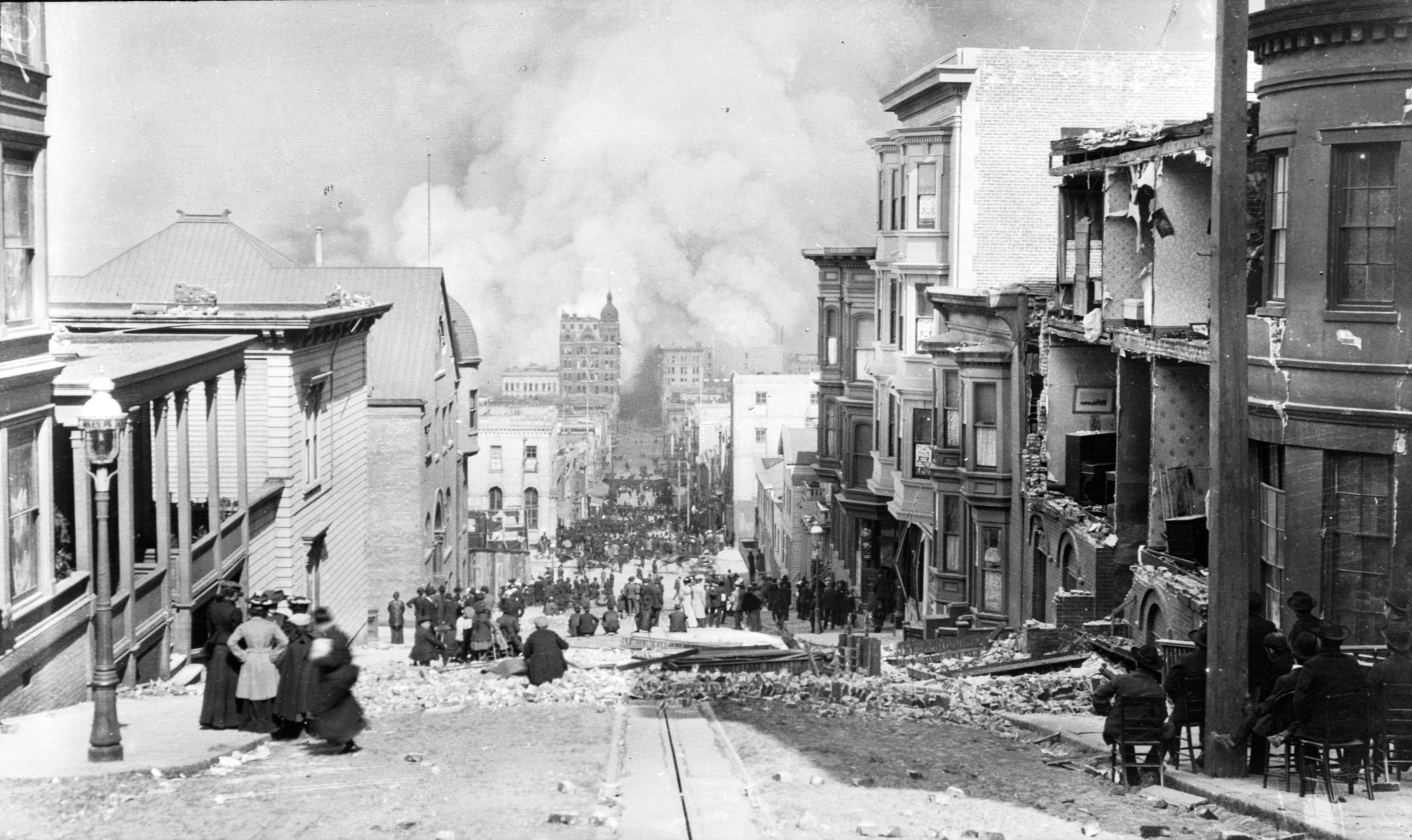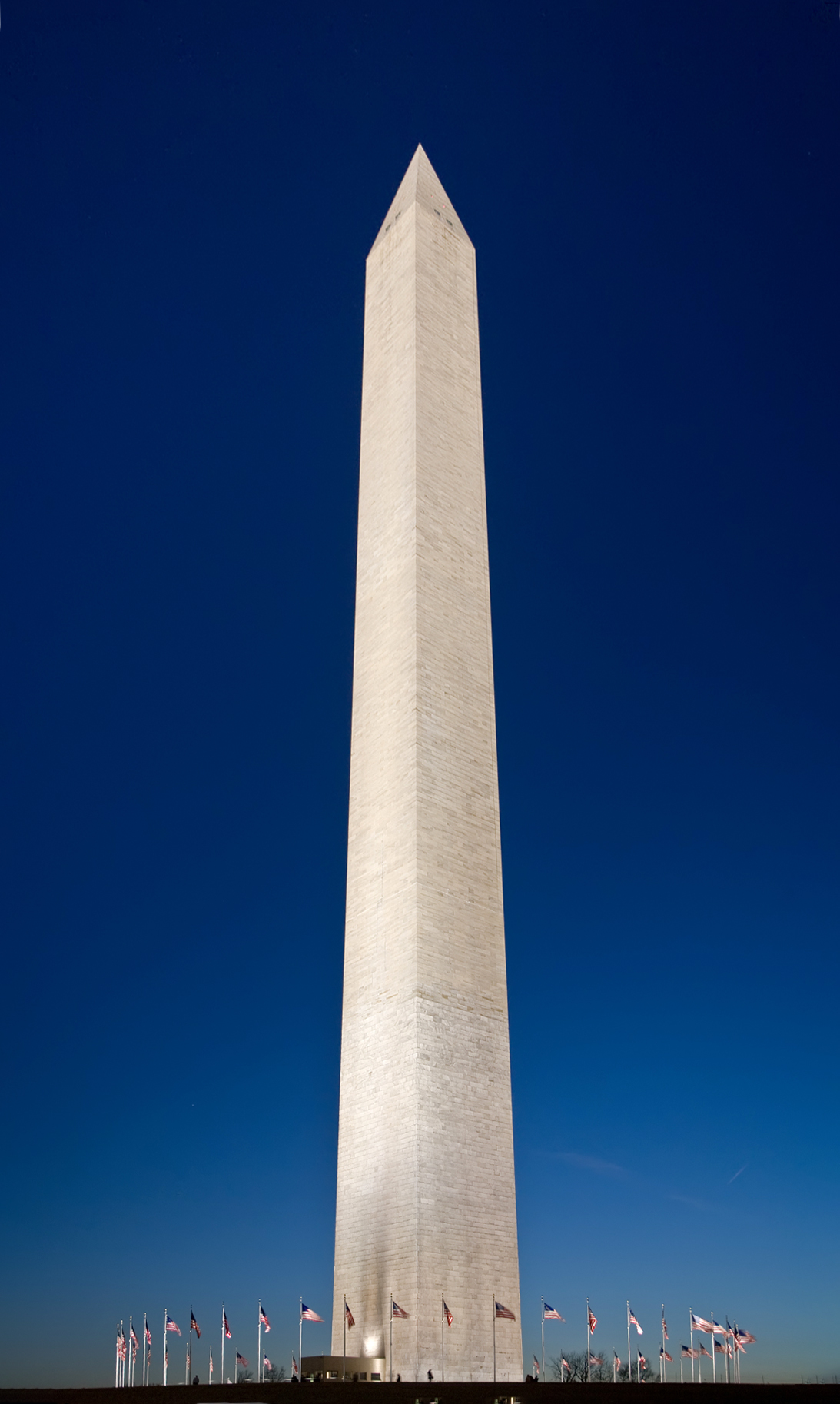|
Building At 1735-1737 Webster Street
The Vollmer House is a historic house built between 1876 and 1885, and located in the Japantown area in San Francisco, California. The house is known for its outstanding decorative details on the exterior. It was listed as a California Historical Landmark since March 8, 1973; and on the National Register of Historic Places as "Building at 1735–1737 Webster Street" on March 8, 1973. With This building is near the Bush Street–Cottage Row Historic District. History The Vollmer House was built between 1876 and 1885, at 773 Turk Street near Franklin Street in San Francisco. The exact date of the house is unknown and it is possible it was as early as 1876, as the San Francisco Water Department records show this building was connected to the water system that year. The house was designed by the Newsom Brothers ( Samuel Newsom and Joseph Newsom) in a Stick/ Eastlake-style, and was built for F. Vollerni. The second owner was German-born John J. Vollmer and his family, which had ... [...More Info...] [...Related Items...] OR: [Wikipedia] [Google] [Baidu] |
San Francisco, California
San Francisco, officially the City and County of San Francisco, is a commercial, Financial District, San Francisco, financial, and Culture of San Francisco, cultural center of Northern California. With a population of 827,526 residents as of 2024, San Francisco is the List of California cities by population, fourth-most populous city in the U.S. state of California and the List of United States cities by population, 17th-most populous in the United States. San Francisco has a land area of at the upper end of the San Francisco Peninsula and is the County statistics of the United States, fifth-most densely populated U.S. county. Among U.S. cities proper with over 250,000 residents, San Francisco is ranked first by per capita income and sixth by aggregate income as of 2023. San Francisco anchors the Metropolitan statistical area#United States, 13th-most populous metropolitan statistical area in the U.S., with almost 4.6 million residents in 2023. The larger San Francisco Bay Area ... [...More Info...] [...Related Items...] OR: [Wikipedia] [Google] [Baidu] |
1906 San Francisco Earthquake
At 05:12 AM Pacific Time Zone, Pacific Standard Time on Wednesday, April 18, 1906, the coast of Northern California was struck by a major earthquake with an estimated Moment magnitude scale, moment magnitude of 7.9 and a maximum Mercalli intensity scale, Mercalli intensity of XI (''Extreme''). High-intensity shaking was felt from Eureka, California, Eureka on the North Coast (California), North Coast to the Salinas Valley, an agricultural region to the south of the San Francisco Bay Area. Devastating fires soon broke out in San Francisco and lasted for several days. More than 3,000 people died and over 80% of the city was destroyed. The event is remembered as the List of disasters in the United States by death toll, deadliest earthquake in the history of the United States. The death toll remains the greatest loss of life from a natural disaster in California's history and high on the list of worst American disasters. Tectonic setting The San Andreas Fault is a continental tran ... [...More Info...] [...Related Items...] OR: [Wikipedia] [Google] [Baidu] |
Houses Completed In 1885
A house is a single-unit residential building. It may range in complexity from a rudimentary hut to a complex structure of wood, masonry, concrete or other material, outfitted with plumbing, electrical, and heating, ventilation, and air conditioning systems.Schoenauer, Norbert (2000). ''6,000 Years of Housing'' (rev. ed.) (New York: W.W. Norton & Company). Houses use a range of different roofing systems to keep precipitation such as rain from getting into the dwelling space. Houses generally have doors or locks to secure the dwelling space and protect its inhabitants and contents from burglars or other trespassers. Most conventional modern houses in Western cultures will contain one or more bedrooms and bathrooms, a kitchen or cooking area, and a living room. A house may have a separate dining room, or the eating area may be integrated into the kitchen or another room. Some large houses in North America have a recreation room. In traditional agriculture-oriented societies ... [...More Info...] [...Related Items...] OR: [Wikipedia] [Google] [Baidu] |
Stick-Eastlake Architecture In California
The Stick style was a late-19th-century American architectural style, transitional between the Carpenter Gothic style of the mid-19th century, and the Queen Anne style that it had evolved into by the 1890s. It is named after its use of linear "stickwork" (overlay board strips) on the outside walls to mimic an exposed half-timbered frame. Characteristics The style sought to bring a translation of the balloon framing that had risen in popularity during the middle of the century, by alluding to it through plain trim boards, soffits, aprons, and other decorative features. Stick-style architecture is recognizable by the relatively plain layout, often accented with trusses on the gables or decorative shingles. The stickwork decoration is not structurally significant, being just narrow planks or thin projections applied over the wall's clapboards. The planks intersect mostly at right angles, and sometimes diagonally as well, resembling the half-timbering of medieval – especially ... [...More Info...] [...Related Items...] OR: [Wikipedia] [Google] [Baidu] |
1885 Establishments In California
Events January * January 3– 4 – Sino-French War – Battle of Núi Bop: French troops under General Oscar de Négrier defeat a numerically superior Qing Chinese force, in northern Vietnam. * January 17 – Mahdist War in Sudan – Battle of Abu Klea: British troops defeat Mahdist forces. * January 20 – American inventor LaMarcus Adna Thompson patents a roller coaster. * January 24 – Irish rebels damage Westminster Hall and the Tower of London with dynamite. * January 26 – Mahdist War in Sudan: Troops loyal to Mahdi Muhammad Ahmad conquer Khartoum; British commander Charles George Gordon is killed. February * February 5 – King Leopold II of Belgium establishes the Congo Free State, as a personal possession. * February 9 – The first Japanese arrive in Hawaii. * February 16 – Charles Dow publishes the first edition of the Dow Jones Industrial Average. The index stands at a level of 62.76, and represents t ... [...More Info...] [...Related Items...] OR: [Wikipedia] [Google] [Baidu] |
California Historical Landmarks In San Francisco
List table of the properties and districts — listed on the California Historical Landmarks — within City and County of San Francisco, California. *Note: ''Click the "Map of all coordinates" link to the right to view a Google map of all properties and districts with latitude and longitude coordinates in the table below.'' Listings See also *List of San Francisco Designated Landmarks *List of California Historical Landmarks * National Register of Historic Places listings in San Francisco References {{DEFAULTSORT:California Historical Landmarks San Francisco San Francisco, officially the City and County of San Francisco, is a commercial, Financial District, San Francisco, financial, and Culture of San Francisco, cultural center of Northern California. With a population of 827,526 residents as of ... .California Historical Landmarks California Historical Landmarks ... [...More Info...] [...Related Items...] OR: [Wikipedia] [Google] [Baidu] |
National Register Of Historic Places Listings In San Francisco
__NOTOC__ This is intended to be a complete list of the properties and districts on the National Register of Historic Places in San Francisco, California, United States. Latitude and longitude coordinates are provided for many National Register properties and districts; these locations may be seen together in an online map. There are 206 properties and districts listed on the National Register in the city, including 18 National Historic Landmarks. Another three properties were once listed but have been removed. Color markings (highest noted listing) Current listings Former listings See also * California Historical Landmarks in San Francisco *List of National Historic Landmarks in California * List of San Francisco Designated Landmarks *National Register of H ... [...More Info...] [...Related Items...] OR: [Wikipedia] [Google] [Baidu] |
Western Addition, San Francisco
The Western Addition is a district in San Francisco, California, United States. Location The Western Addition is located between Van Ness Avenue, the Richmond District, the Haight-Ashbury and Lower Haight neighborhoods, and Pacific Heights. Today, the term Western Addition is generally used in two ways: to denote either the development's original geographic area or the eastern portion of the neighborhood (also called the Fillmore District) that was redeveloped in the 1950s. Those who use the term in the former sense generally consider its boundaries to be Van Ness Avenue on the east, Masonic on the west, California Street on the north, and Fell or Oak Street on the south. From there, it is usually divided into smaller neighborhoods such as Lower Pacific Heights, Cathedral Hill, Japantown, the Fillmore, Hayes Valley, Alamo Square, Anza Vista, and North Panhandle. The San Francisco Association of Realtors defines the term more closely to the latter sense, treating ... [...More Info...] [...Related Items...] OR: [Wikipedia] [Google] [Baidu] |
San Francisco Redevelopment Agency
The San Francisco Redevelopment Agency (SFRA) was an urban renewal agency active from 1948 until 2012, with purpose to improve the urban landscape through "redesign, redevelopment, and rehabilitation" of specific areas of the city. SFRA demolished over 14,000 housing units in San Francisco between 1948 and 1976, claiming the agency was working on slum clearance and addressing urban "blight". They replaced the demolished units with newly built affordable housing, but was only able to replace a portion. It was succeeded by the San Francisco Office of Community Investment and Infrastructure (OCII). History On August 10, 1948, the San Francisco Redevelopment Agency was formed under the California Community Redevelopment Law of 1945, and in response to the Housing Act of 1937. Initially the agency was not a separate department, but rather the functions were carried out by various city departments; however by 1950, the organization formed its own city department. The first agency cha ... [...More Info...] [...Related Items...] OR: [Wikipedia] [Google] [Baidu] |
Japantown, San Francisco
, also known historically as Japanese Town, is a neighborhood in the Western Addition district of San Francisco, California. Japantown comprises about six city blocks and is considered one of the largest and oldest ethnic enclaves in the United States. Location The main thoroughfare is Post Street, between Fillmore Street (to the west) and Laguna Street (to the east). The Japantown neighborhood is generally considered to be bordered on the north by Bush or Pine Street, and on the south by Geary Boulevard. Its focal point is the Japan Center, which opened in 1968, and is the site of three Japanese-oriented shopping centers. The San Francisco Peace Pagoda, also at the Japan Center, is a five-tiered concrete stupa designed by Japanese architect Yoshiro Taniguchi and presented to San Francisco by the people of Osaka, Japan. History Up until 1906, San Francisco had been the main U.S. port of entry for Asian immigration and had the largest ethnic Japanese concentration of an ... [...More Info...] [...Related Items...] OR: [Wikipedia] [Google] [Baidu] |
Stick Style
The Stick style was a late-19th-century American architectural style, transitional between the Carpenter Gothic style of the mid-19th century, and the Queen Anne style that it had evolved into by the 1890s. It is named after its use of linear "stickwork" (overlay board strips) on the outside walls to mimic an exposed half-timbered frame. Characteristics The style sought to bring a translation of the balloon framing that had risen in popularity during the middle of the century, by alluding to it through plain trim boards, soffits, aprons, and other decorative features. Stick-style architecture is recognizable by the relatively plain layout, often accented with trusses on the gables or decorative shingles. The stickwork decoration is not structurally significant, being just narrow planks or thin projections applied over the wall's clapboards. The planks intersect mostly at right angles, and sometimes diagonally as well, resembling the half-timbering of medieval – especially ... [...More Info...] [...Related Items...] OR: [Wikipedia] [Google] [Baidu] |






